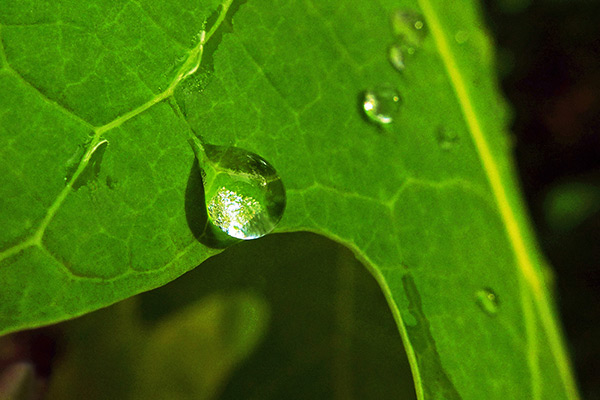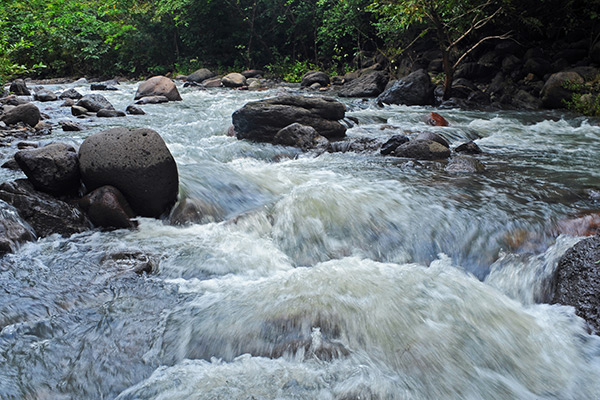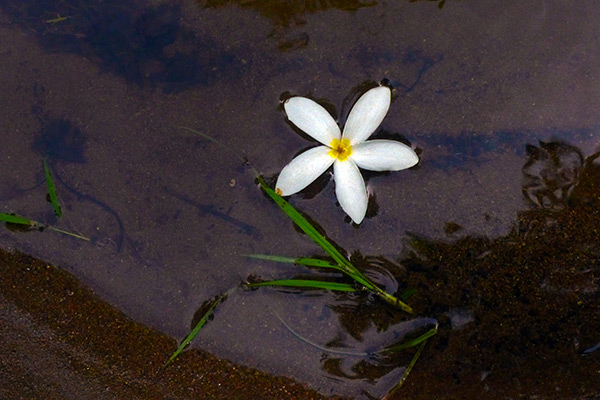Great Lake
Nicaragua is one of the most blessed countries on the planet in terms of fresh water supply in relation to its size. Fresh water is Nicaragua’s petroleum and in combination with its biodiversity, constitute the country’s greatest natural resources. Lake Managua, known locally by its indigenous name Xolotlán, is an essential part of an impressive fresh water portfolio that covers 10% of Nicaragua’s landmass. Helping restore and protect Lago Xolotlán’s northern watershed for human and wildlife populations is a core objective of the Lost Canyon Nature Reserve. Lake Managua is located in Nicaragua’s spectacular rift valley and is Central America’s second grandest body of fresh water – 1,0016 km2, 37.8 m above sea level, mean depth 7.8 m, deepest point 26 m; 12:30N, 86:45W. The formation of Xolotlán dates to about two million years ago and is a closed lake system, where evaporation equals inflow. Recent high rates of deforestation have thrown off this delicate balance, resulting in reduction of inflow from the Lake Managua’s principle watershed, located north of the lake, and fed by three essential rivers: the Rio Viejo, Rio Pacora and Rio Sinecapa.
Rivers & Streams
At 79 km in length, the Río Sinecapa is a fundamental source of water for Lake Xolotlán. However, the river’s volume is progressively dropping due to ever diminishing tributaries. The streams of Lost Canyon supply critical water to the Sinecapa River, but their health are under persistent ecological pressure from area farmers and ranchers, who have been cutting and burning the forests that absorb water during the rainy period and maintain feeder streams during the dry season. This is part of an ongoing, regional watershed destruction that is diminishing the lake’s supply of vital liquid. Sadly Lake Managua’s delicate, two million year-old balance between inflow and evaporation is being lost. What’s worse, global warming means increased hardship for the lake watershed, since climate change causes increased frequency of El Niño conditions that invariably bring drought to the watershed. Fortunately the health of Nicaragua’s tropical dry forest biodiversity is not a separate issue from the well being of its northern Lake Managua watershed. With the restoration and conservation of Lost Canyon’s tropical dry forest comes an increased chance for survival of one of Nicaragua’s great lakes, thanks to greater infiltration of rain water, creating a healthier tributary, while increasing carbon sequestration to help combat global warming. It is easy to see why Lost Canyon Nature Reserve is honored to be working 365 days a year on the conservation and rehabilitation of Xolotlán’s northern watershed tropical dry forest.

















